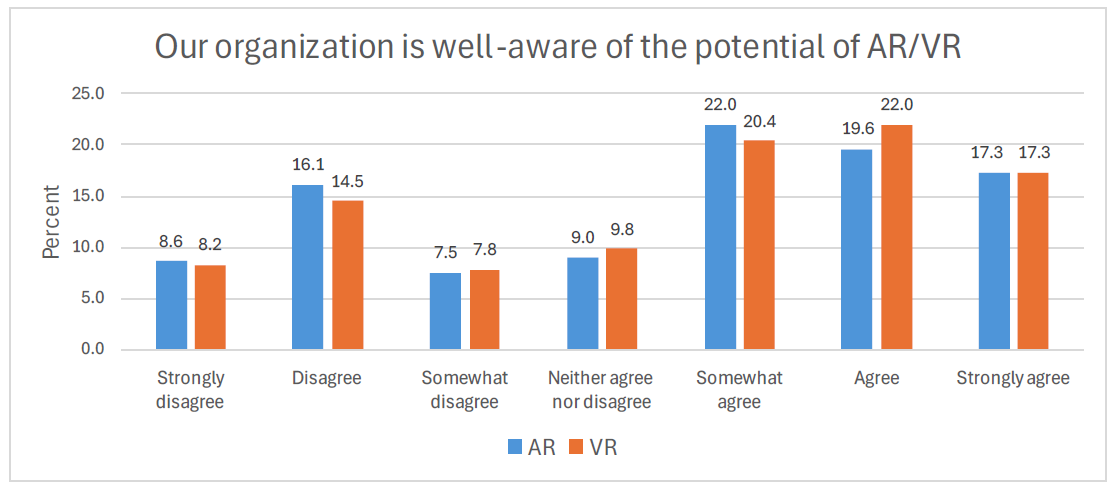Found 56 results
Article
04 November 2024Diversity and Meta-Analysis of Microbial Differential Abundance in Nasal Metatranscriptomic Profiles of Asthma
Asthma affects millions worldwide and involves complex genetic, immunological, and environmental factors. The nasal microbiome is increasingly recognized for its role in asthma development, but inconsistent results and small sample sizes have limited a clear understanding. We aimed to clarify the nasal microbiome’s role in asthma using large datasets and meta-transcriptomic analysis. RNA-seq data was analyzed from two large public studies: GALA II (694 children of Puerto Rican heritage; 441 asthmatics, 253 controls) and CAAPA (562 individuals of African ancestry; 265 asthmatics, 297 controls). After quality control and host read removal, microbial reads were annotated using Kraken2. α and β diversity analyses compared microbial diversity between asthmatic and control groups. Differential abundance analysis was conducted separately, controlling for age and sex, with results combined via meta-analysis. We found that asthmatic patients exhibited significantly higher α diversity indices (Shannon, Berger-Parker, Inverse Simpson, Fisher’s) in nasal microbiota compared to controls in GALA II, with similar trends in CAAPA. β diversity analysis showed significant differences in microbial composition in GALA II data. Differential abundance analysis identified 20 species in GALA II and 9 species in CAAPA significantly associated with asthma. Meta-analysis revealed 11 species significantly associated with asthma, including Mycobacterium_tuberculosis. Our study demonstrates increased nasal microbiome α diversity in asthmatic patients and identifies specific microbial species associated with asthma risk. These findings enhance understanding of asthma pathogenesis from the nasal microbiome perspective and may inform future research and therapeutic strategies.
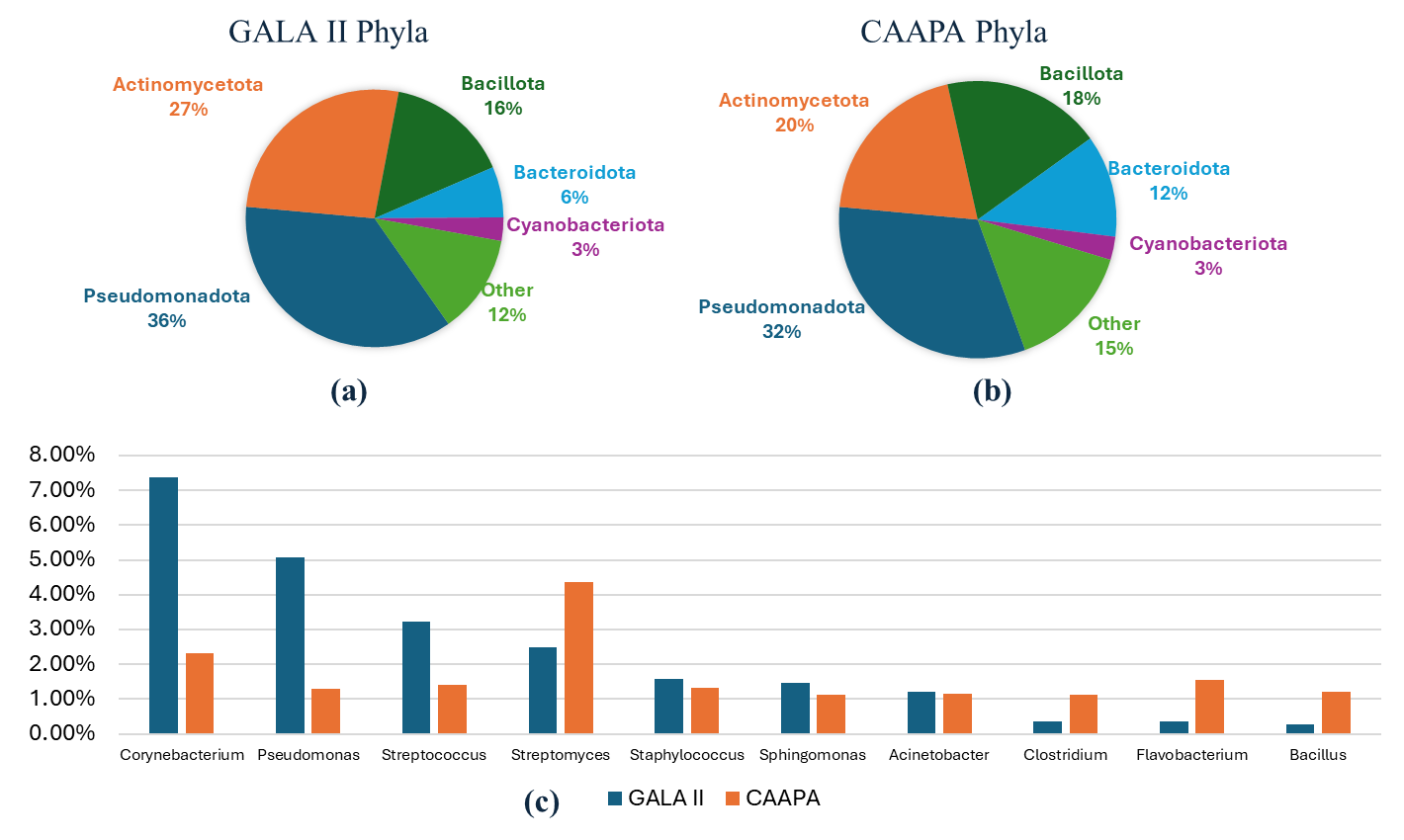
Article
31 October 2024Analyzing Climate Dynamics and Developing Machine Learning Models for Flood Prediction in Sacramento, California
Climate change is leading to rapid environmental changes, including fluctuating precipitation and water levels, which raises the risk of flooding in coastal and riverine locations around the United States. This study focuses on Sacramento, California, a city significantly affected by these changes and recent severe flooding disasters. The ultimate goal is to understand the climate dynamics and create a more robust model to alert Sacramento and other communities to possible flooding and better prepare them for future climatic uncertainty. In this research, four classification machine learning models—Support Vector Machine (SVM), Random Forest (RF), Artificial Neural Network (ANN), and Long Short-Term Memory (LSTM)—are examined for their capacity to predict the occurrence of floods using historical precipitation temperature and soil moisture data. Our results demonstrate that the LSTM model, with an accuracy of 89.99%, may provide better reliable flood predictions, possibly due to its ability to process complicated temporal data. SVM, RF, and ANN showed accuracies of 81.25%, 83.75%, and 85%, respectively. The study explores the correlation between increasing precipitation incidents and severe climate variations, such as the El Niño and La Niña cycles, which could have increased flooding risks. Significant rainfall peaks occurred in 1998 and 2007, indicating that external atmospheric circumstances might have considerably impacted local weather patterns. While LSTM models show potential, there remains room to improve their accuracy and adaptability in extreme flood scenarios. Given these findings, future research could combine multiple environmental data sources and hybrid modeling approaches to enhance predictions.
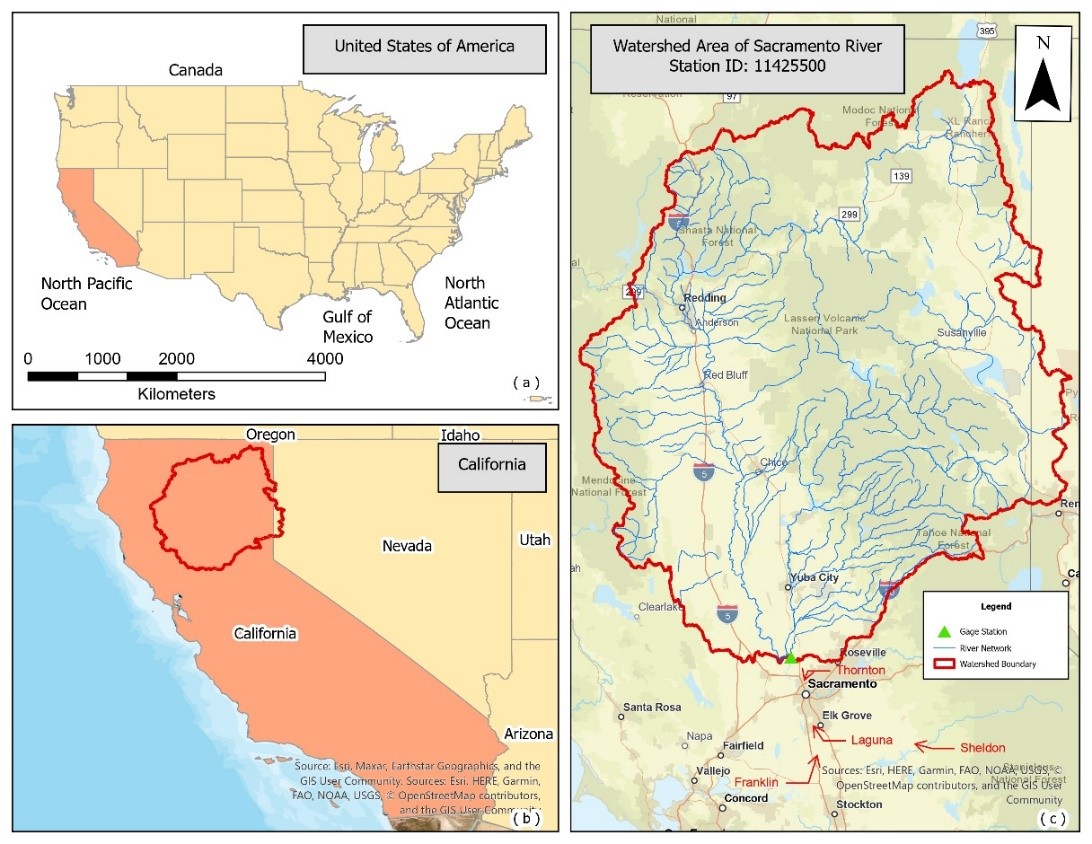
Communication
23 October 2024Modeling Viscosity in Starch-Polymer Suspensions: A Comparative Analysis of Swarm Algorithm-Aided ANN Optimization
The analysis of rheological properties of suspensions requires the use of models such as Einstein’s formulation for viscosity in dilute conditions, but its effectiveness diminishes in the context of concentrated suspensions. This study investigates the rheology of suspensions containing solid particles in aqueous media thickened with starch nanoparticles (SNP). The goal is to model the viscosity of these mixtures across a range of shear rates and varying amounts of SNP and SG hollow spheres (SGHP). Artificial neural networks (ANN) combined with swarm intelligence algorithms were used for viscosity modeling, utilizing 1104 data points. Key features include SNP proportion, SGHP content, log-transformed shear rate (LogSR), and log-transformed viscosity (LogViscosity) as an output. Three swarm algorithms—AntLion Optimizer (ALO), Particle Swarm Optimizer (PSO), and Dragonfly Algorithm (DA)—were evaluated for optimizing ANN hyperparameters. The ALO algorithm proved most effective, demonstrating strong convergence, exploration, and exploitation. Comparative analysis of ANN models revealed the superior performance of ANN-ALO, with an R2 of 0.9861, mean absolute error (MAE) of 0.1013, root mean absolute error (RMSE) of 0.1356, and mean absolute percentage error (MAPE) of 3.198%. While all models showed high predictive accuracy, the ANN-PSO model had more limitations. These findings enhance understanding of starch suspension rheology, offering potential applications in materials science.
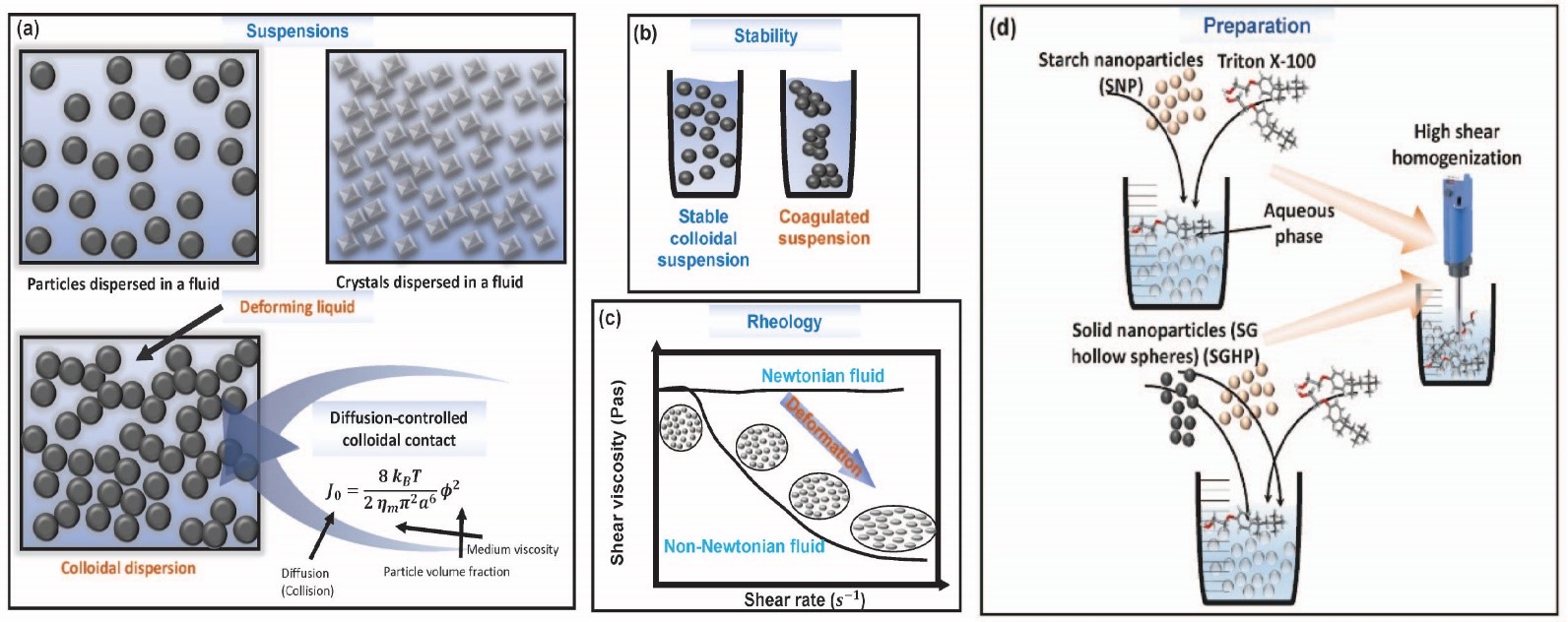
Article
18 October 2024Multi-Objective Distributed Real-Time Trajectory Planning for Gliding Aircraft Cluster
A new combat strategy that enables coordinated operations of gliding aircraft clusters for multi-target strikes imposes higher demands on the coordination, real-time responsiveness, and strike accuracy of gliding aircraft clusters. Due to the high speed and large inertia characteristics of gliding aircraft, traditional trajectory planning methods often face challenges such as long computation times and difficulty in responding to dynamic environments in real-time when dealing with large-scale gliding aircraft clusters. This paper proposes a distributed cooperative trajectory planning method for multi-target strikes by gliding aircraft clusters to address this issue. By introducing a multi-objective distributed real-time trajectory planning approach based on Multi-Agent Deep Deterministic Policy Gradients (MADDPG), the gliding aircraft execute distributed cooperative trajectory planning based on the trained model. Due to its robust real-time performance, the gliding aircraft do not need to recalculate trajectories for different initial positions of the cluster. Simulation results show that the average error between the gliding aircraft cluster and the target point is 2.1 km, with a minimum error of 0.06 km and a hit rate of 96.6%, verifying the significant advantages of this method in real-time planning capability and strike accuracy.
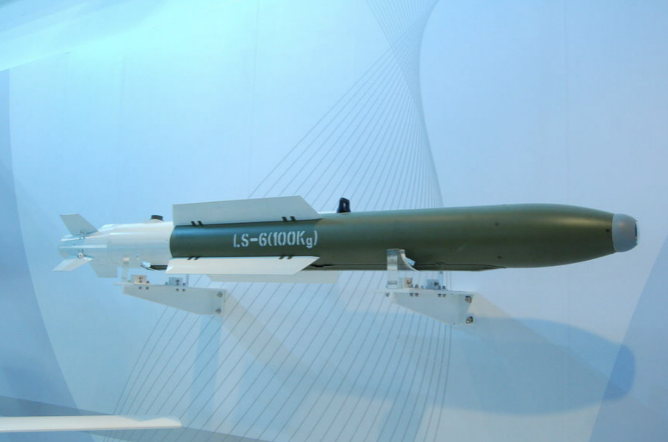
Article
12 October 2024Production and Destruction of Plant Organic Matter in Bog Ecosystems in the South of Western Siberia
There are still many gaps in studies of the carbon cycle in northern ecosystems. It is challenging also in the context of climate change. This new study focuses on providing the state of the art data on the dynamics of plant organic matter, namely, the live plant biomass (phytomass), the dead biomass (mortmass), the Net Primary Production (NPP), as well as the rate of decomposition of plant organic matter of the major plant species, contributed to peat deposits. The study was conducted via direct in–situ measurements of different fractions of plant organic matter at a few test sites of oligotrophic pine–dwarf shrub–Sphagnum bogs at a wide geographic gradient (from the middle taiga to the forest-steppe regions in Western Siberia) based on an original methodology of measurements developed by the authors. In general, the five groups of plant species were distinguished in terms of productivity and decomposition rates. The study revealed a strong correlation between the net primary production (NPP) and the rate of decomposition of plant organic matter in pristine northern peatlands: an increase in productivity (NPPs) was basically leading to an increase in rates of decomposition in all plant materials collected in bog ecosystems. The study contributes to a global understanding of patterns and main drivers related to basic set of carbon cycle components in the northern wetland (peatland) ecosystems, their diversity and their spatial distribution.
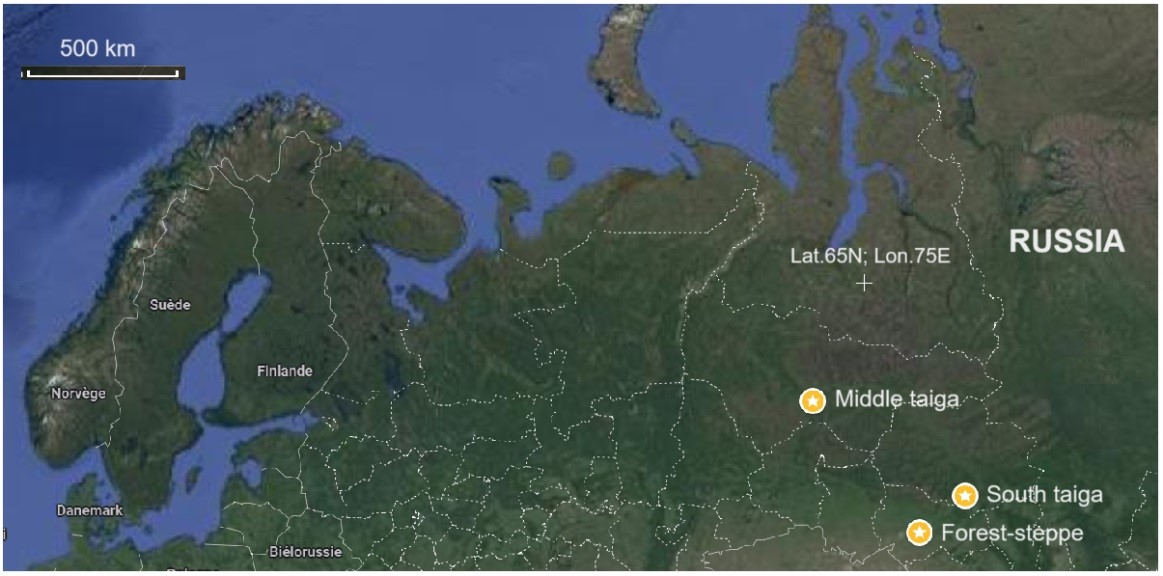
Article
27 September 2024Strategic Deployment of Service Vessels for Improved Offshore Wind Farm Maintenance and Availability
This research explores the optimization of Operations and Maintenance (O&M) strategies for offshore wind farms using a sophisticated O&M simulator built on the Markov Chain Monte Carlo method. By integrating real-world constraints such as vessel availability and weather conditions, the study assesses O&M logistics’ impacts on wind farm availability, energy production, and overall costs across different scenarios in the Celtic Sea. Through comparative analysis of eight case studies involving various combinations of Crew Transfer Vessels (CTV) and Service Operation Vessels (SOV), the research highlights the critical role of strategic vessel deployment and the potential of permanent SOV stationing to enhance operational efficiency, reduce downtime, and lower O&M costs. In this study, the permanent SOV can increase up to 20% availability of the whole wind farm. The findings underscore the importance of adaptive O&M planning in improving the sustainability and financial viability of offshore wind energy projects.
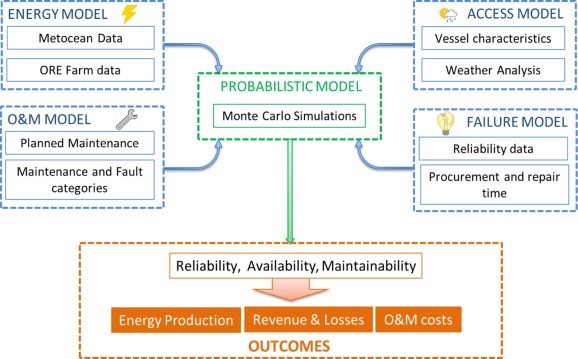
Perspective
09 September 2024Social, Ecological and Economic Synergies of Forests for Sustainability Contradict Projects Involving Large-Scale Deforestation for Energy Production
Good projects and solutions aiming at sustainable development must repair the damage done in past decades by being explicitly designed and monitored to achieve synergetic benefits for the environment and society. We identify environmental, social and economic aspects of sustainability in which enlightened forest management can increase the fulfillment of human and ecological needs and hence the quality of life of present and future generations. Projects aiming at energy production and profits at the cost of biodiversity, nature protection, and human health and well-being are therefore questionable and increasingly socially and politically unacceptable—especially where the viability of alternative options with better social and ecological footprints can be easily demonstrated. This is also true for renewable energy projects. The perspective presented here demonstrates how ostensibly renewable energy projects in natural areas, such as large-scale wind and solar power plants in traditional forests, which are planned, for example, in Germany, may be detrimental to ecological and social sustainability. Forests cut down for such projects are “non-renewable” within reasonable time-scales left to stabilize our climate and ecosystems. Such projects also impair the credibility of the proclaimed role model character and sustainability leadership of Global North countries, which can lead to negative implications for the protection of forests in tropical countries.
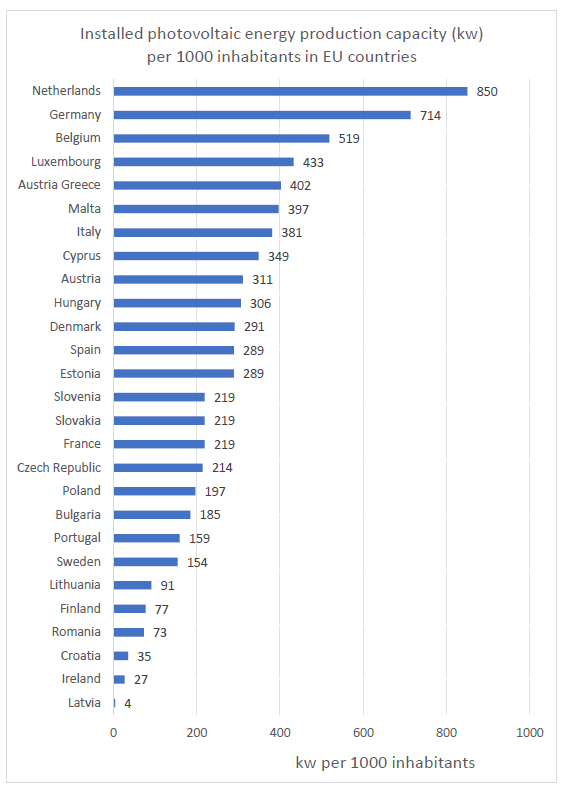
Article
30 August 2024Fast-Track Documentation of the Alterations on the Landscape, before and after a Natural Hazard—Case Study: North Euboea Greece before and after Storms Daniel and Elias
This paper presents a methodology for fast-track documentation of landscape alterations before and after natural hazards, specifically focusing on the impacts of storms Daniel and Elias (2023) in Northern Euboea, Greece, which flooded larger areas than the storm Zorbas (2018). This happened because the plane trees had been affected by the disease Ceratocystis platani and had dried up, and the forest had burned. Therefore, the water moved faster, and in recent storms, the riverbed widened. This research aims to capture the transformed landscape rapidly by utilizing modern mapping technologies, including Google Earth, digital terrain models and drone-based photogrammetry. The methodology involves on-site inspections and the creation of three-dimensional models to document and analyze the affected areas. This approach facilitates a more comprehensive understanding of how the landscape can dynamically change due to a natural disaster. It highlights the importance of the on-site landscape inspection with sophisticated tools based on commercial equipment and open-source software.

Article
28 August 2024Photocatalytic and Photothermal Catalytic Oxidation of Ethene and Ethanol Using TiO2-Based Catalysts under UV-C and UV-A Irradiation
Photocatalytic (PCO) and photothermocatalytic oxidation (PTCO) of ethene (C2H4) and ethanol (EtOH) are investigated using TiO2 and 1%Pt/TiO2 coating on velvet glass support in the presence of UV-A and UV-C irradiation. Both VOC are efficiently mineralised under UV-A irradiation and PCO, but the presence of Pt has a minor impact on their transformation. Instead, there is only a slight increase in the disappearance of EtOH and the formation of acetaldehyde, which are already observed in the dark. Surprisingly, when a higher photon flux is emitted with a UV-C lamp, photocatalytic disappearance and mineralisation of EtOH are less effective than under UV-A irradiation in the presence or absence of Pt. Similar behaviour is also observed on C2H4 PCO in the presence of 1%Pt/TiO2 but not on its PCO mineralisation with TiO2, which is improved by a factor equivalent to the number of photons emitted. Under PTCO, by increasing the temperature from 40 °C to 120 °C, only a benefit impact is observed on C2H4 and EtOH disappearance but an important decrease of mineralization of C2H4 was observed in presence of TiO2 and UV-C The behaviour of these two VOCs under different irradiations and temperatures will be discussed according to the catalytic process.
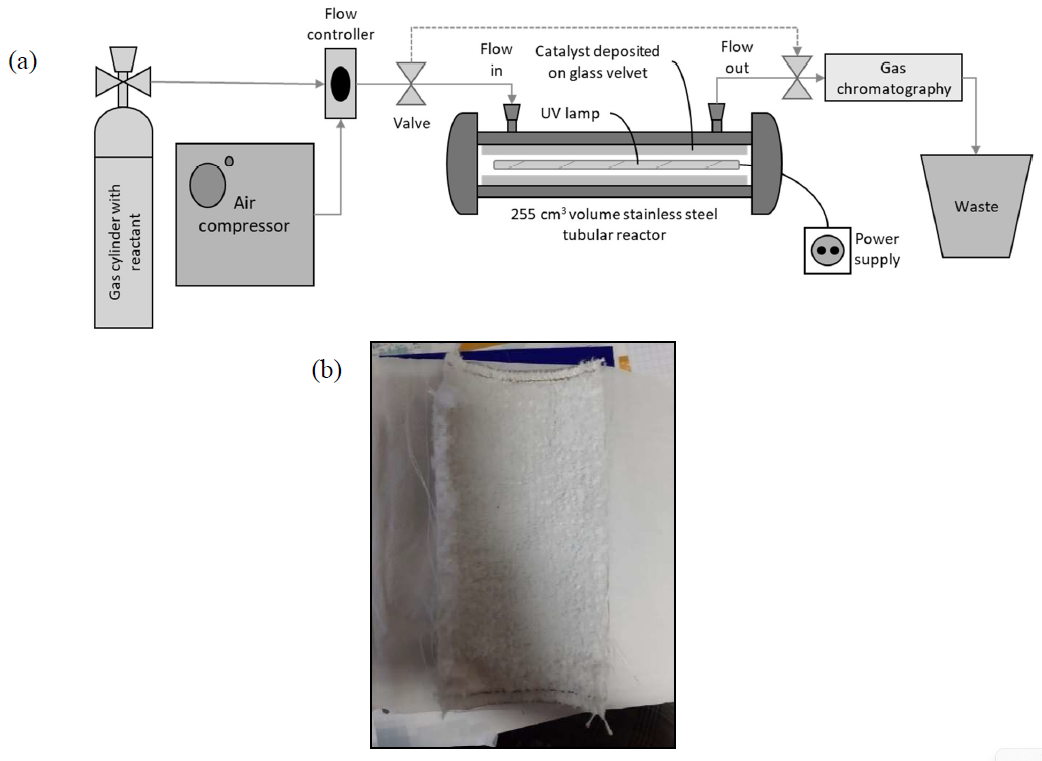
Article
28 August 2024Overcoming SME Legal and Regulatory Challenges and Fostering Sustainable Collaboration and 7PS Engineering in the Digital Age through Integrating the X.0 Wave Theory & SME 5.0 Concept
Technological innovations, education, business and society change quickly and often unpredictably. The fusion of artificial intelligence (AI), machine learning, augmented reality (AR), virtual reality (VR) and augmented reality (XR) opens a new era in which work, production, communication and thought processes are massively transformed. In this context, the challenge arises: How can small and medium-sized enterprises (SMEs) adapt to this accelerated change? This study highlights a path forward and introduces the concept of “SME 5.0” or “Hybrid SME” or “SME of Tomorrow” as a comprehensive solution to address the complexities of the digital age. In this integrated exploration of the X.0 Wave Theory and SME 5.0 Concept, the framework for human civilization’s evolution and technological shifts converges with a practical roadmap for small and medium-sized enterprises (SMEs) navigating the dynamic digital landscape. Acknowledging transformative waves in technology, economics, and societal structures within the X.0 Wave Theory, the study accentuates the ongoing nature of these shifts. It advocates for a long-term perspective, urging policymakers and industry leaders to consider potential future scenarios to devise strategies fostering innovation, competitiveness, and privacy safeguards. Simultaneously, the study introduces SME 5.0 as a holistic solution for SMEs, aligning with the transformative success envisioned by the X.0 Wave Theory. Proposing the Seven Pillars of Sustainability (7PS) framework tailored to SMEs, the concept emphasizes digitalization and sustainable technology. The title, “Harmonizing the X.0 Wave Theory and SME 5.0 Concept”, encapsulates the synergy between theoretical underpinnings and practical solutions. The subtitle, “Fostering Sustainable Collaboration, 7PS Engineering, and Overcoming Legal Challenges in the Digital Age”, provides a glimpse into the study’s focus on practical implications, sustainability, engineering, and legal considerations for SMEs in the rapidly evolving digital era.
